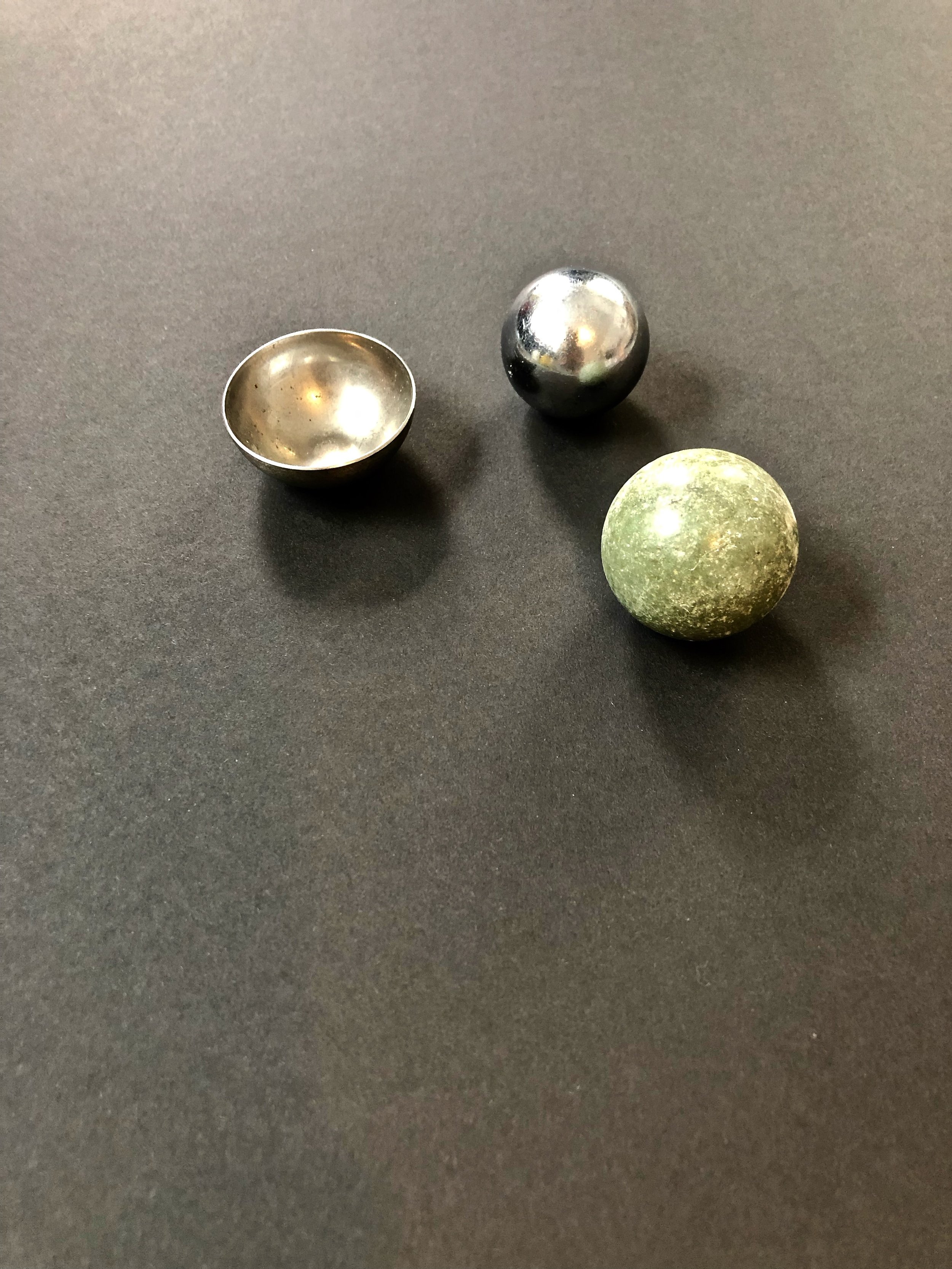
Speech as a Model for Orchestration
The general objective of this project was to conduct research on speech as a timbre model for orchestration. Drawing from computer analysis of speech, we aimed at exploring how two different languages and their acoustic properties could serve as compositional models. These models can be seen from two perspectives, the first one being the generation of musical material based on phonetic sound structures, and the second one the organization of this material according to rules analogous to those found in natural languages.

The Line: An etude of juxtaposed timbral approaches
By participating in the first session of the ACTOR Project’s Contemporary Orchestration Research Ensemble (CORE), I composed a short work for a heterogenous chamber quartet that included a violin, a bass clarinet, a vibraphone and a trombone. These instruments had been pre-selected by ACTOR researchers to observe and compare how their particularities would be exploited by various composers throughout several academic institutions. In my case, the chosen approach was to present specific timbral approaches or effects in successive sections or blocks, sometimes in a very literal manner, all of which were based on a short melodic phrase which was developed prior to the composing phase in a series of experimentation sessions with the performers. As the project evolved it became apparent that a strategy of juxtaposed stylistic references was being used to present very clear and contrasted elements. This approach ultimately determined the composition’s general structure. This text presents the process that led to this composition’s production, discusses its objectives and succinctly presents its different segments. It attempts to describe how timbral strategies can have a determinative effect on the construction of a work, particularly in the context of a research-creation project.

Orchestrating Timbre
This doctoral thesis presents how the orchestration of timbre is in- vestigated from a performer’s perspective as means to “unfold” im- provisational processes. It is grounded in my practice as a pianist in the realm of improvised music, in which I often use preparations and objects as extensions of the instrument.
